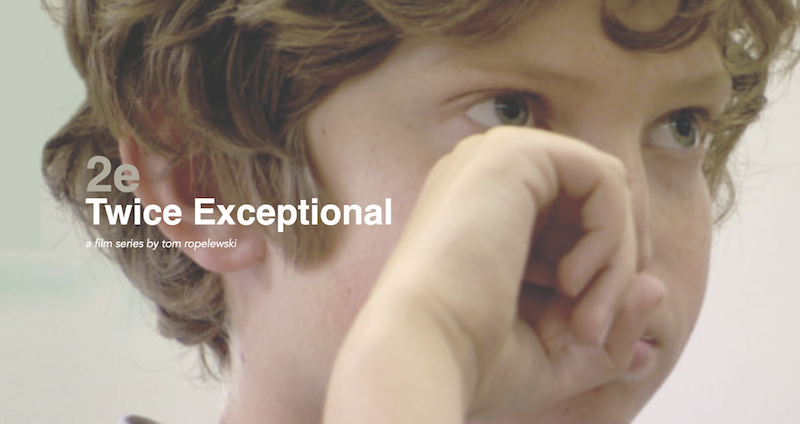Category: Films
-

2e: Twice Exceptional Movie Review
2e: Twice Exceptional is a low-budget documentary with heart. There’s nothing fancy about this peek into the lives of twice-exceptional teens, their parents, and their teachers. But just the existence of this documentary is revolutionary enough. 2e? The average reader’s first question is obvious: 2e? What’s that? I wrote a long discourse on the topic…
-
This isn’t what we meant when we said ‘equal’
The reality is the women are not men, and that’s good. Diversity makes us strong. Our value as human beings should not be measured on the basis of our physical strength alone. It’s not progress to get more women in movies if they are simply acting in parts written for men.
-
Movie Review: Everything would be fine if you just got over that homeschooling thing….
So much for hoping for a good homeschooling movie. I don’t think a movie has ever gone so wrong in the last few short minutes than this one did. The ending of this movie seems more intent on sticking it to anyone who has ever tried to live up to their ideals than on faithfully…
-
“Inside Out,” a tour of modern parenting
“Inside Out” is a truly brilliant film in several respects. The aspect most important to me as an adult is that it’s a kids’ movie that adults can not only enjoy with the kids, but enjoy separately from the kids.